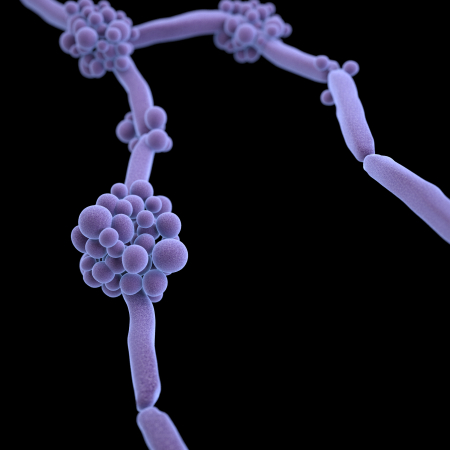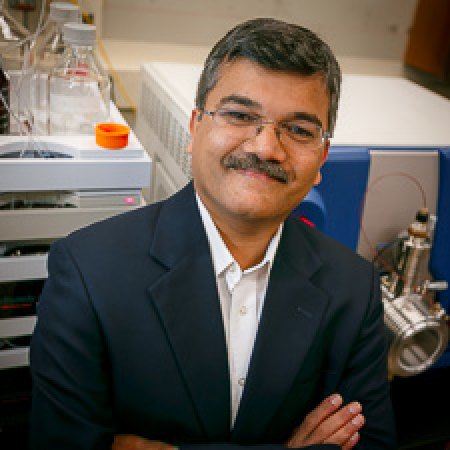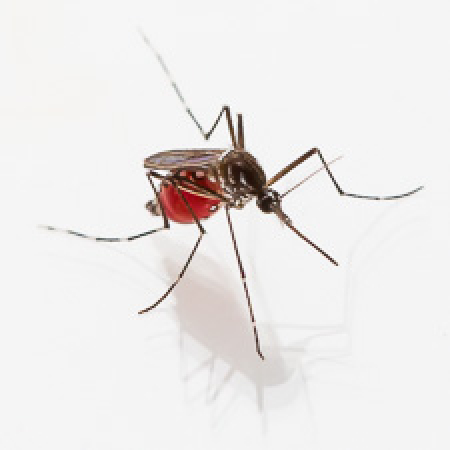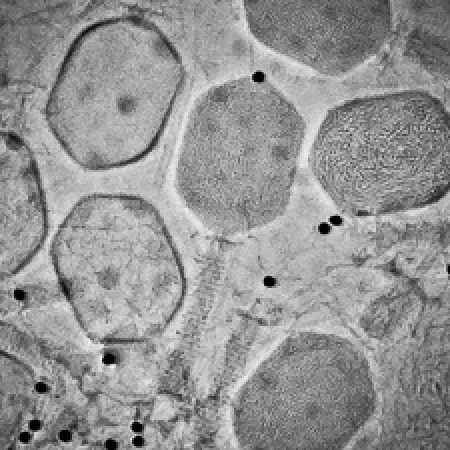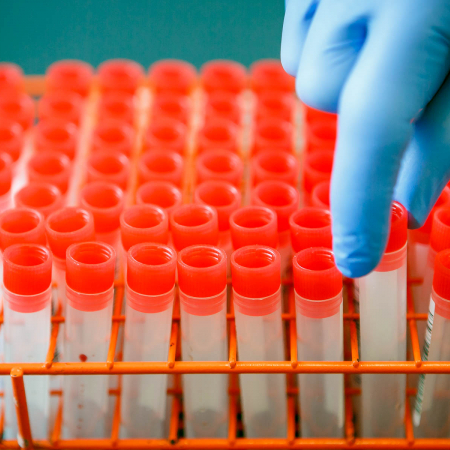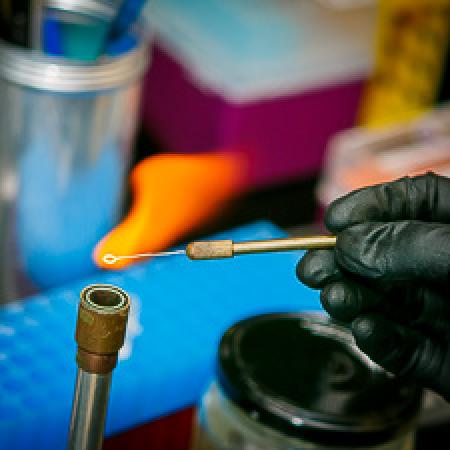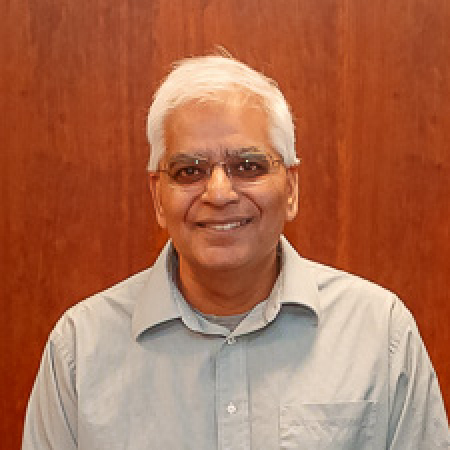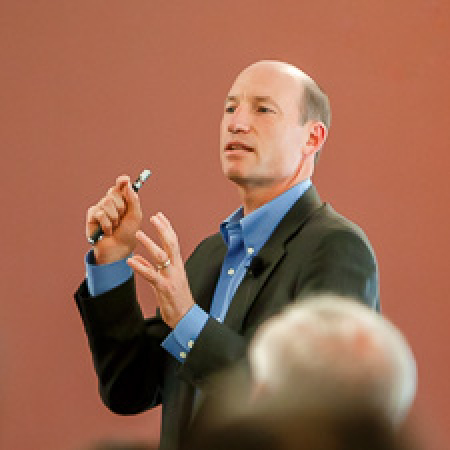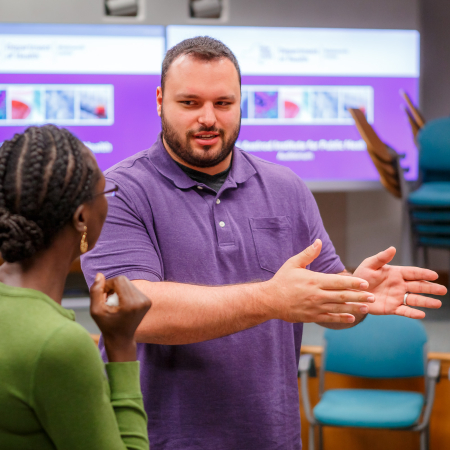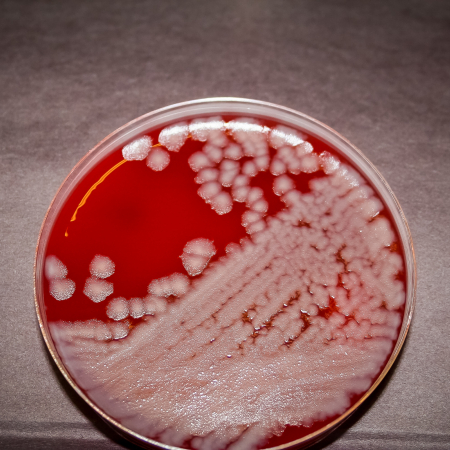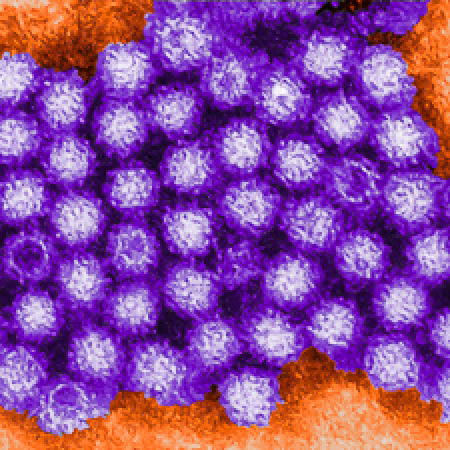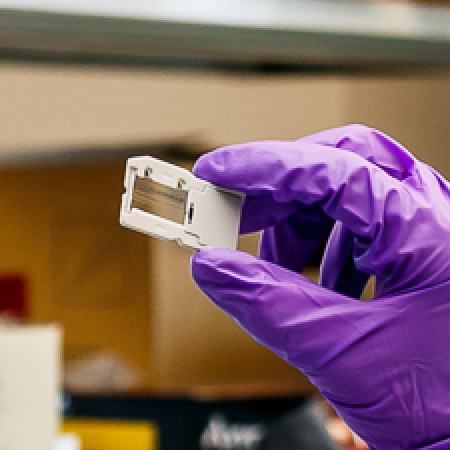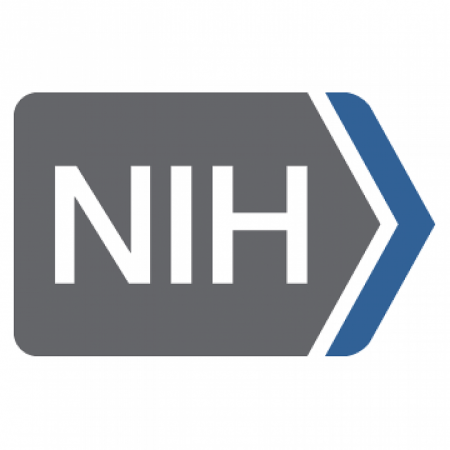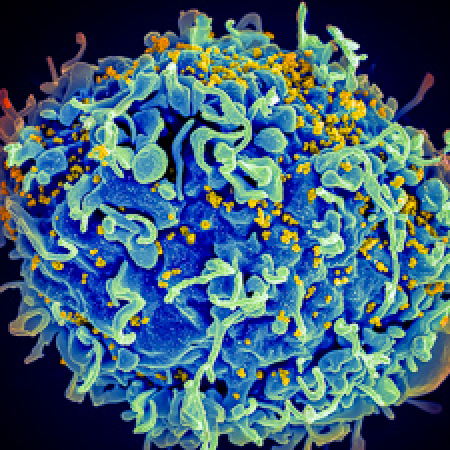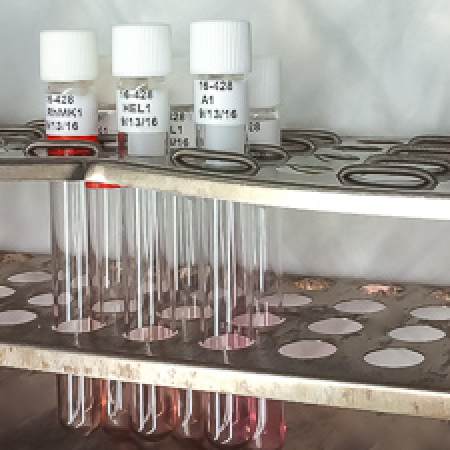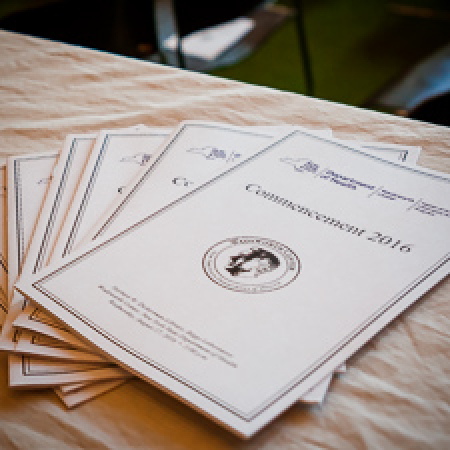Wadsworth Center tests some of the first cases of an emerging fungal pathogen reported in the United States
In a November 4 press release, the Centers for Disease Control and Prevention cautioned that Candida auris had been detected for the first time in the US in four states: New York, Illinois, Maryland and New Jersey.
READ MORE about Wadsworth Center tests some of the first cases of an emerging fungal pathogen reported in the United States Dr. Kurunthachalam Kannan Receives Sturman Excellence in Research Award
Dr. Kannan, of the Division of Environmental Health Sciences, is recognized as the 2017 recipient of the Lawrence S. Sturman Excellence in Research Award for his profound impact and contribution to the field of biomonitoring and environmental exposure assessment.
READ MORE about Dr. Kurunthachalam Kannan Receives Sturman Excellence in Research Award A GHOST at Wadsworth Center
Wadsworth Center One of Four Laboratories in the Nation Chosen to Pilot Use of a Web Application and Next Generation Sequencing to Fight HCV TransmissionThe CDC estimates that between 2.7 and 3.9 million people in the United States have chronic hepatitis C. You might be familiar with the TV announcements that say at least half of those born between 1945 and 1965 don’t know they have HCV, but did you know that HCV infections have risen over 150% in teens and young adults in recent years?
READ MORE about A GHOST at Wadsworth Center Wadsworth Center Scientist is Co-inventor of a Better Test for Zika
An article published recently in EBioMedicine describes a new multiplex serologic assay developed by Wadsworth Center’s Diagnostic Immunology Laboratory Director, Dr. Susan Wong, in collaboration with Dr. Pei-Yong Shi of the University of Texas Medical Branch (UTMB). It is anticipated that this test will soon be approved for use on clinical specimens.
READ MORE about Wadsworth Center Scientist is Co-inventor of a Better Test for Zika You say tomato. I say Solanum lycopersicum.
How can scientists, who represent approximately 2.5% of the total workforce, communicate effectively with the rest of us?
This was the topic of an interactive workshop held recently at the Wadsworth Center. The American Society of Microbiology’s (ASM) Eastern New York Branch sponsored the event for their undergraduate, graduate and post–doctoral trainee chapter. Among those in attendance were students and post-docs from the Wadsworth Center, Albany Medical College, UAlbany, Albany College of Pharmacy and Health Sciences and West Point Military Academy.
READ MORE about You say tomato. I say Solanum lycopersicum. What’s Really COOL at Wadsworth
Pushing the Boundaries of Cryo-Electron MicroscopyWe’ve all left a water bottle in the freezer overnight only to find it bulging the next morning. That’s what water does when it freezes. It expands, right?Not always.Did you know, it is possible to freeze water without it expanding?Water expands when it freezes because ice crystals form. Since ice crystals damage cell structure, two freezing methods that don’t result in crystal formation are used in cryo-electron microscopy:
READ MORE about What’s Really COOL at Wadsworth Wadsworth Center Laboratories Participate in Food Emergency Response Network (FERN) Exercise
FERN was formed in response to the anthrax attacks that followed 9/11. It was then and is now a network of local, state and federal laboratories which contributes testing capability and capacity, relieving the burden to other agencies that also test food samples. Over time, the mission of FERN has broadened to include food safety and public health emergency and outbreak testing.Because food could be contaminated, intentionally or not, by many types of agents, there are FERN microbiology, chemical, and radiation laboratories. Wadsworth Center is home to all three.
READ MORE about Wadsworth Center Laboratories Participate in Food Emergency Response Network (FERN) Exercise Wadsworth Center Bids Farewell to One of Its Own
Former Arbovirus Laboratory Director and ProMED Co-founder Jack Woodall
January 13, 1935 – October 24, 2016
Dr. Woodall lived in many countries and worked in even more throughout his lifetime. What follows is by no means a complete list:
READ MORE about Wadsworth Center Bids Farewell to One of Its Own New Study First to Describe Mycobacterial Cell - Cell Communication
For bacteria, sharing genetic information can be critical to survival. It can also make them fitter, better pathogens, and more able to evade the immune system and resist antibiotics. One way bacteria share their genetic information is by a process called conjugation, in which DNA is transferred from a donor to a recipient strain. Incorporation of the donor genetic information into the recipient chromosome can confer novel functions to the resulting transconjugant cells.
READ MORE about New Study First to Describe Mycobacterial Cell - Cell Communication 20 Years of CLIMS
“This is special. This is really special,” says Nellie Dumas, Associate Director of the Bacteriology Laboratory in regard to Wadsworth Center’s Clinical Laboratory Information Management System (CLIMS), an electronic way of tracking sample information from submission to reporting.
Why is CLIMS so special? Is it because of the impressive numbers: approximately 3,100 users outside of Wadsworth Center, 3,000 facilities, 1.8 million specimens and 16 million results to date?
READ MORE about 20 Years of CLIMS Wadsworth Center Scientists Participate in the 14th Annual International Conference on Public Health and Emerging Microbial Threats
Wadsworth Center Scientists, including graduates of the Masters of Science in Laboratory Sciences Program, laboratorians, research scientists, principal investigators, and the current and former Directors took part in the conference recently held at the Albany College of Pharmacy and Health Sciences.
READ MORE about Wadsworth Center Scientists Participate in the 14th Annual International Conference on Public Health and Emerging Microbial Threats Poster Day Kicks off the 31st Year of Laboratory of Clinical Microbiology Seminars
Recently, the 10th annual Laboratory of Clinical Microbiology (LCM) Poster Day was held at the David Axelrod Institute. LCM Research Seminars take place monthly, September through June. This annual poster session kicks off the 31st year of seminars. Wadsworth Center staff from multiple sites attended. Highlights of eleven posters, all previously presented at scientific meetings locally and nationwide, follow.
READ MORE about Poster Day Kicks off the 31st Year of Laboratory of Clinical Microbiology Seminars Wadsworth Center Cultivates a Culture of Biosafety Awareness and Best Practice
Failing to work with a microorganism at the correct Biosafety Level (BSL) in the laboratory has the potential to place people at risk of accidental exposure to infectious agents, so it is not a surprise that the June 5, 2014 incident at the Centers for Disease Control and Prevention (CDC) was such a high profile one.
READ MORE about Wadsworth Center Cultivates a Culture of Biosafety Awareness and Best Practice Wadsworth Center Virology Laboratory Receives Association of Public Health Laboratories (APHL) Funding for CaliciNet Outbreak Support Center
Norovirus is a primary cause of acute gastroenteritis and foodborne disease in the United States where, according to the CDC, it is responsible for "19 - 21 million cases of acute gastroenteritis, 1.7 - 1.9 million outpatient visits and 400,000 emergency room visits per year. It also contributes to between 56,000 - 71,000 hospitalizations and 570 - 800 deaths per year, mostly among young children and the elderly."
READ MORE about Wadsworth Center Virology Laboratory Receives Association of Public Health Laboratories (APHL) Funding for CaliciNet Outbreak Support Center Wadsworth Center Chosen as a Pilot Site for Mycobacterium tuberculosis complex (MTBC) Whole Genome Sequencing (WGS)
New York’s Wadsworth Center Laboratory was one of five state public health laboratories selected by the Association of Public Health Laboratories as a pilot site for Mycobacterium tuberculosis complex (MTBC) Whole Genome Sequencing (WGS).
The Wadsworth Center Bacteriology and Mycobacteriology Laboratories will sequence all strains from patients in New York State, including New York City, with this highly comprehensive testing approach that assesses all 4.4 million bases of the MTBC genome.
READ MORE about Wadsworth Center Chosen as a Pilot Site for Mycobacterium tuberculosis complex (MTBC) Whole Genome Sequencing (WGS) Wadsworth Center Receives Award From NIH
NYSDOH Lab Part of a Consortium to Investigate Effects of Environmental Factors During Early Development on the Health of Children and Adolescents
ALBANY, N.Y. (September 23, 2016) - New York State Department of Health today announced that its renowned laboratory, Wadsworth Center, has been awarded $1.2 million from the National Institutes of Health (NIH) as part of the launch of a seven-year initiative called Environmental Influences on Child Health Outcomes (ECHO).
READ MORE about Wadsworth Center Receives Award From NIH Wadsworth Center’s Bloodborne Viruses Laboratory Participates in the HIV Nucleic Acid Testing Referral Demonstration Project
In 2014 the Centers for Disease Control and Prevention (CDC) and the Association of Public Health Laboratories (APHL) made the first changes to the recommended HIV testing algorithm in a quarter of a century. According to the new scheme, a small portion of all specimens will require a final test not performed by most laboratories-a nucleic acid test or NAT.
READ MORE about Wadsworth Center’s Bloodborne Viruses Laboratory Participates in the HIV Nucleic Acid Testing Referral Demonstration Project Dr. Sudha Chaturvedi Fights Fire with Fire - Literally Using One Fungus to Fight Another
White-nose syndrome, first identified in the US in New York during the winter of 2006-2007 has killed millions of North American bats, and as of May 2016, has been confirmed in 29 states and 5 Canadian territories.Threatened and endangered bat species alike are affected. In some locations, the little brown bat population is 10% of what it was before white-nose syndrome.
READ MORE about Dr. Sudha Chaturvedi Fights Fire with Fire - Literally Using One Fungus to Fight Another Wadsworth Center’s Virology Laboratory Finds Clue in New York City Mumps Outbreak
Considering that the number of mumps cases per year has decreased by more than 99% since the introduction of vaccines against the disease, it is relatively rare these days to hear about a mumps outbreak. But that is just what has happened this summer as more than 45 in the Nassau County city of Long Beach became ill. What makes this outbreak so surprising is that this population has a high vaccination rate.
READ MORE about Wadsworth Center’s Virology Laboratory Finds Clue in New York City Mumps Outbreak Wadsworth Center Graduates its Third Class of Master of Science in Laboratory Sciences Students
In Albany, as in many places, August is the time when college students start back to school. But this August 17th at the Wadsworth Center, the Master of Science in Laboratory Sciences students are just finishing.As the only master’s degree program sponsored by a public health laboratory, students are immersed in the business of public health, from the policy, regulations and standards, to the research that goes into developing diagnostic tests and the testing of clinical and environmental specimens.
READ MORE about Wadsworth Center Graduates its Third Class of Master of Science in Laboratory Sciences Students 